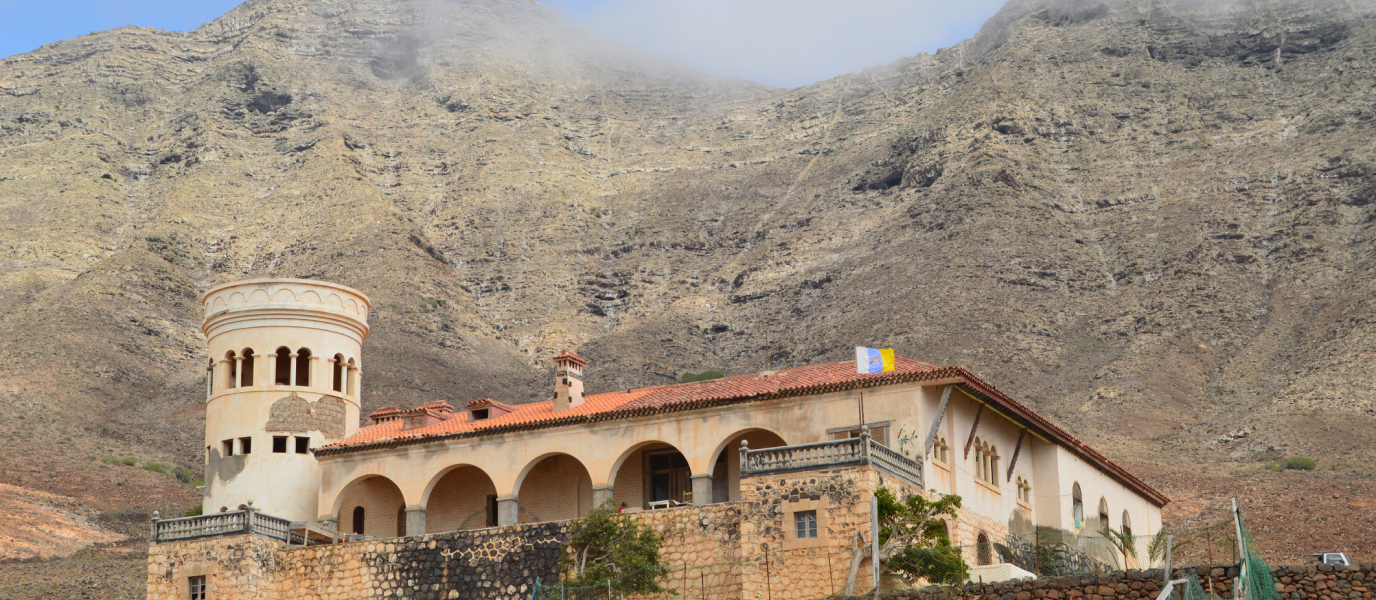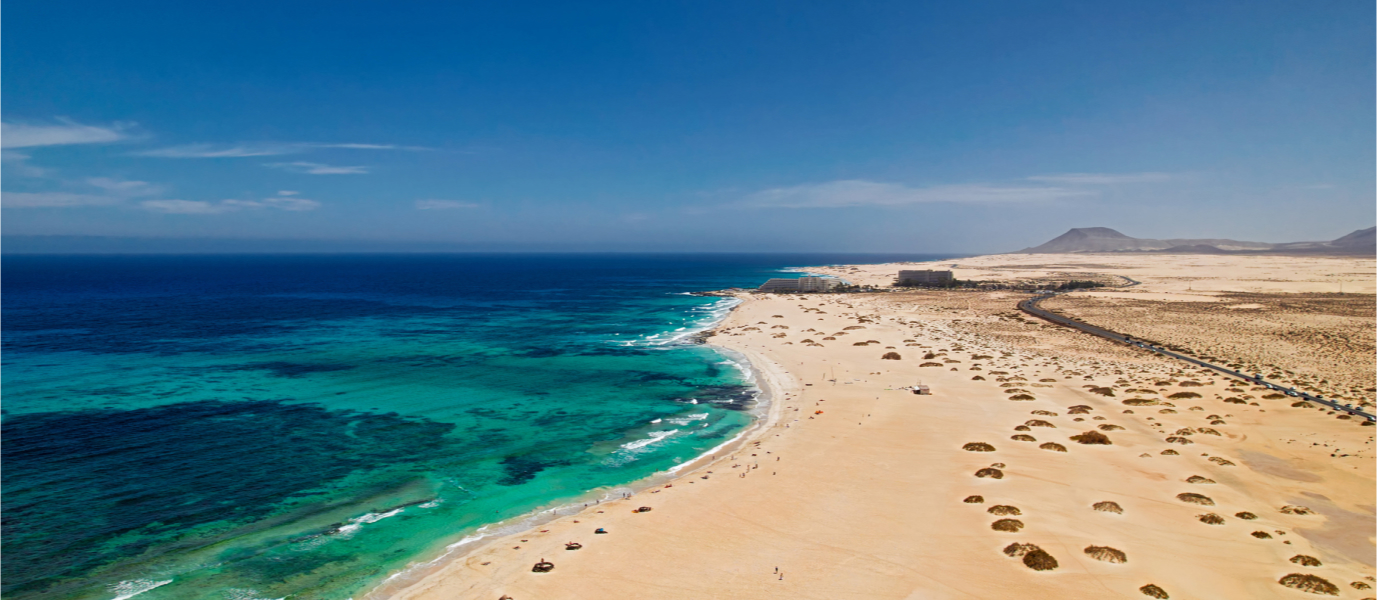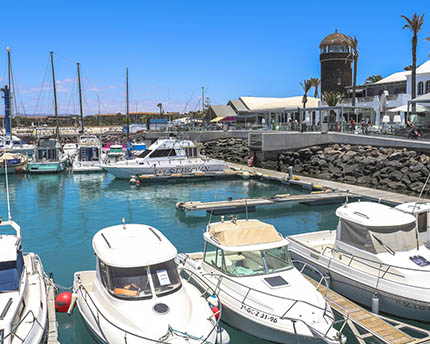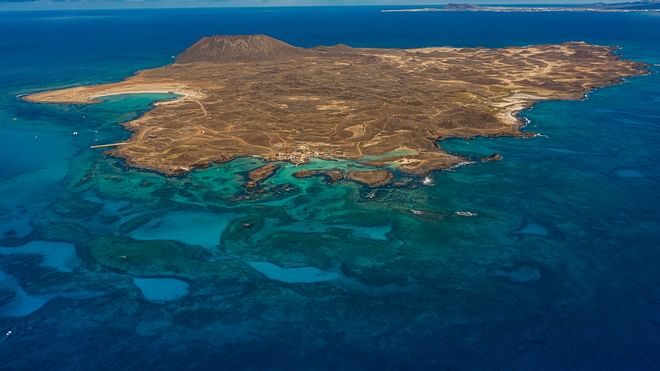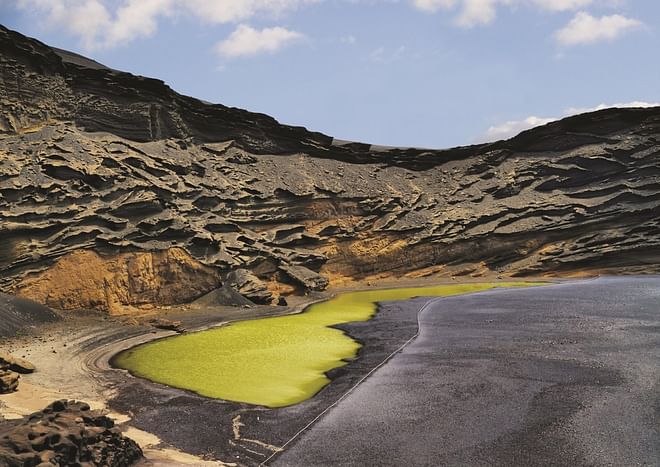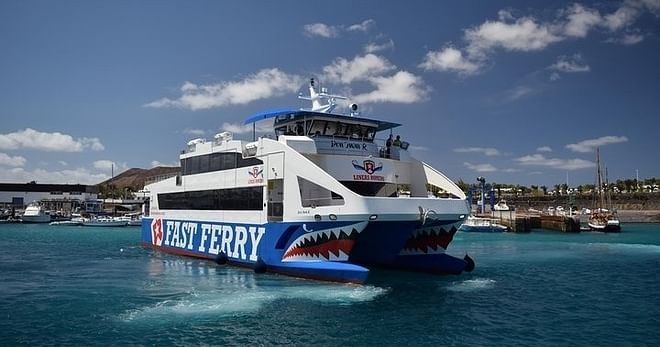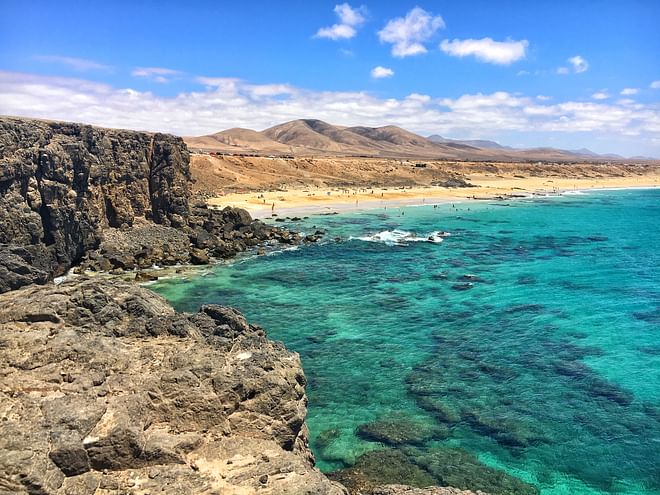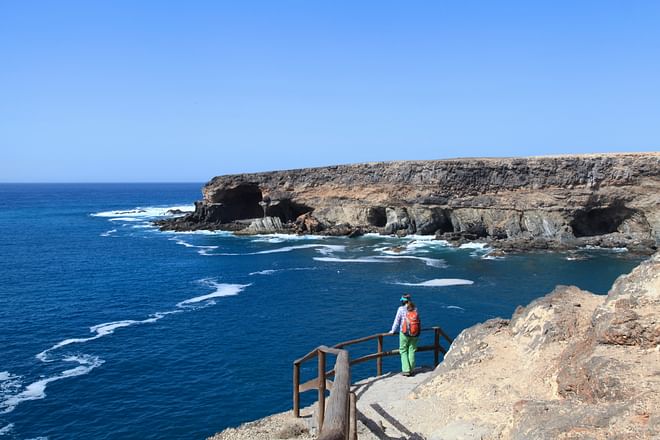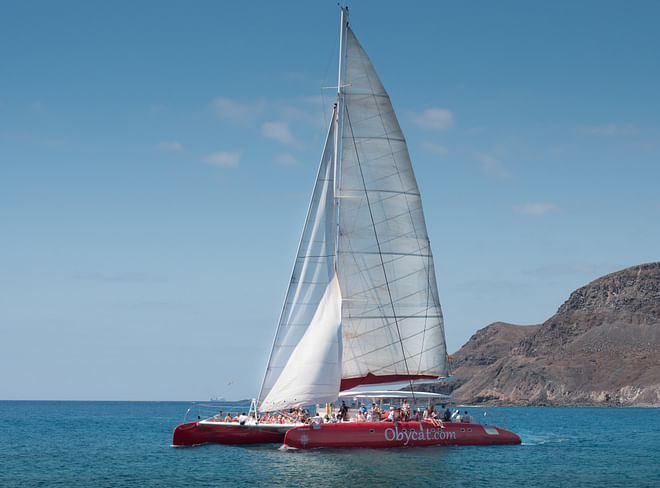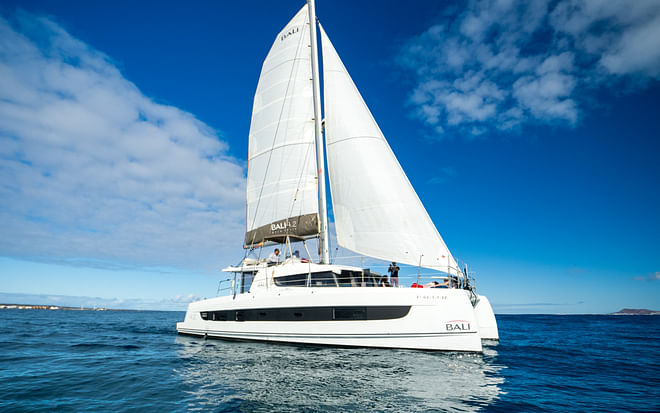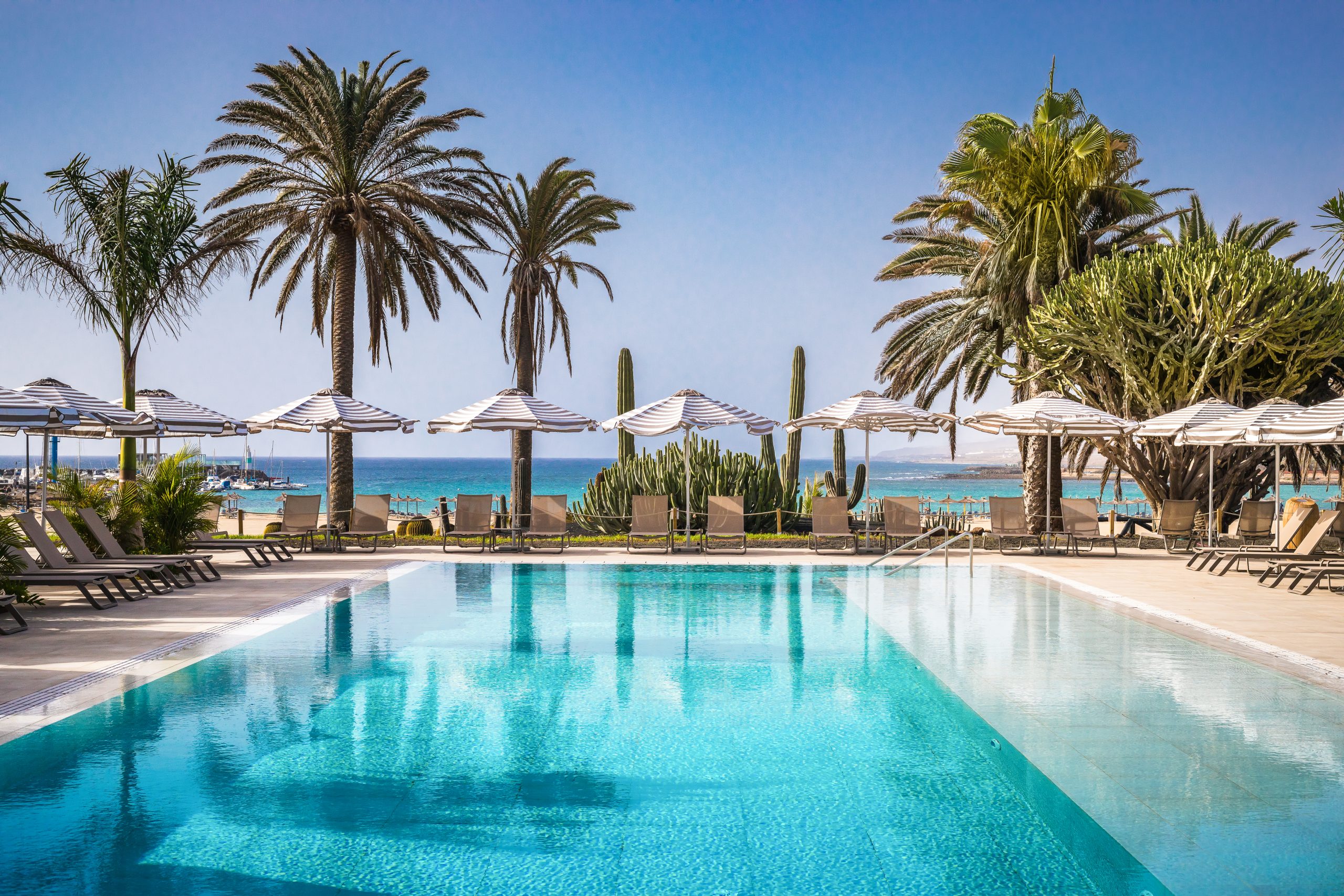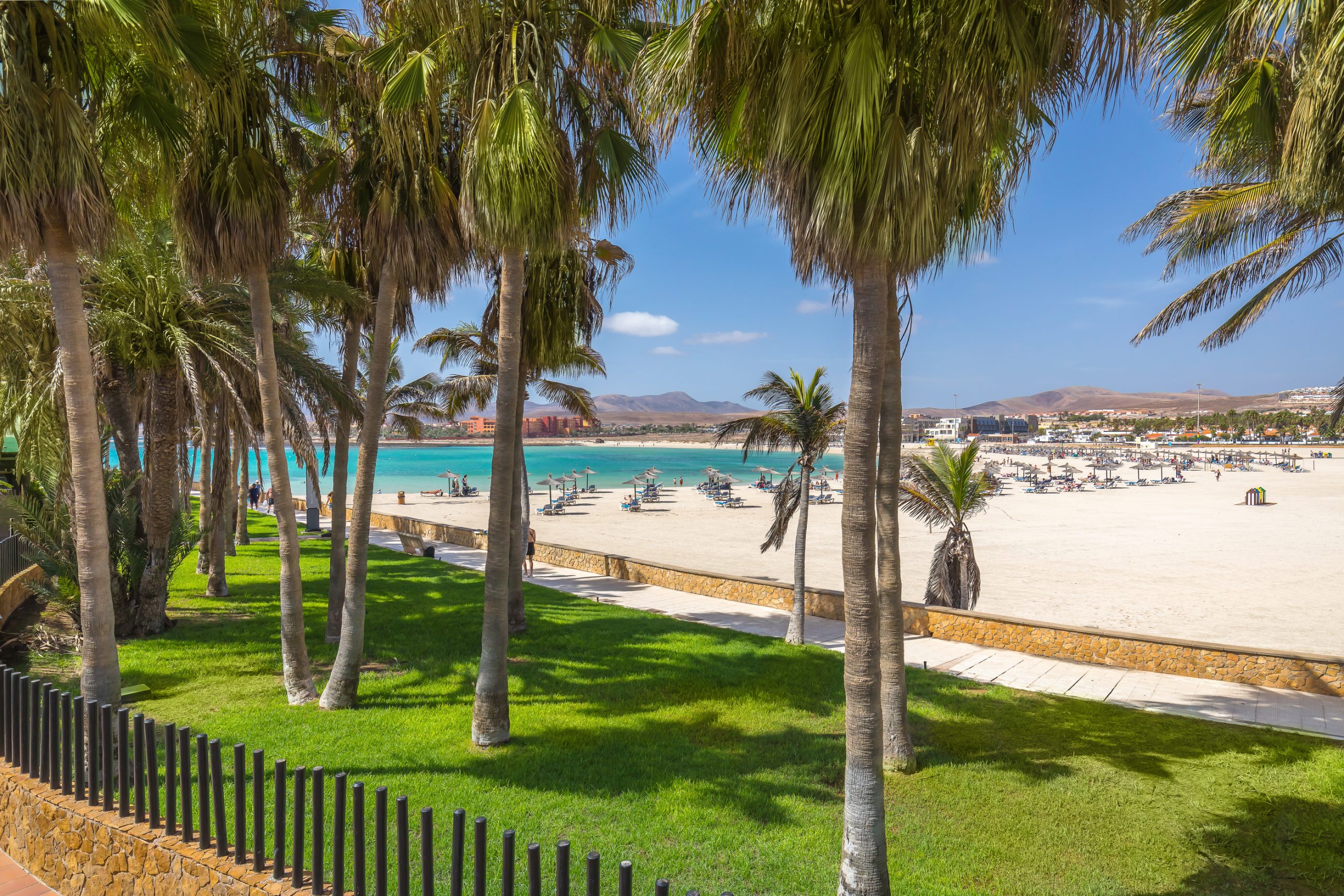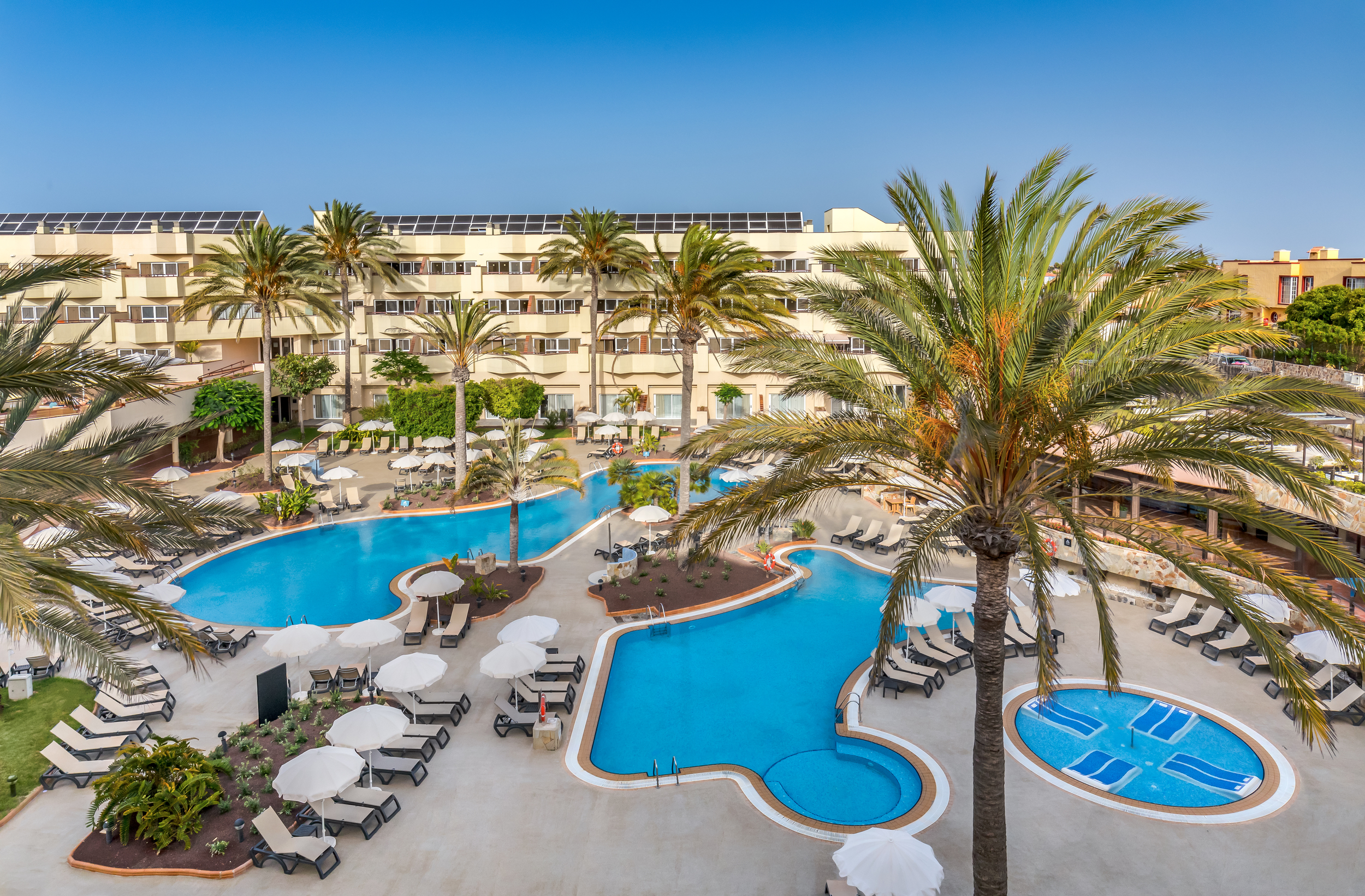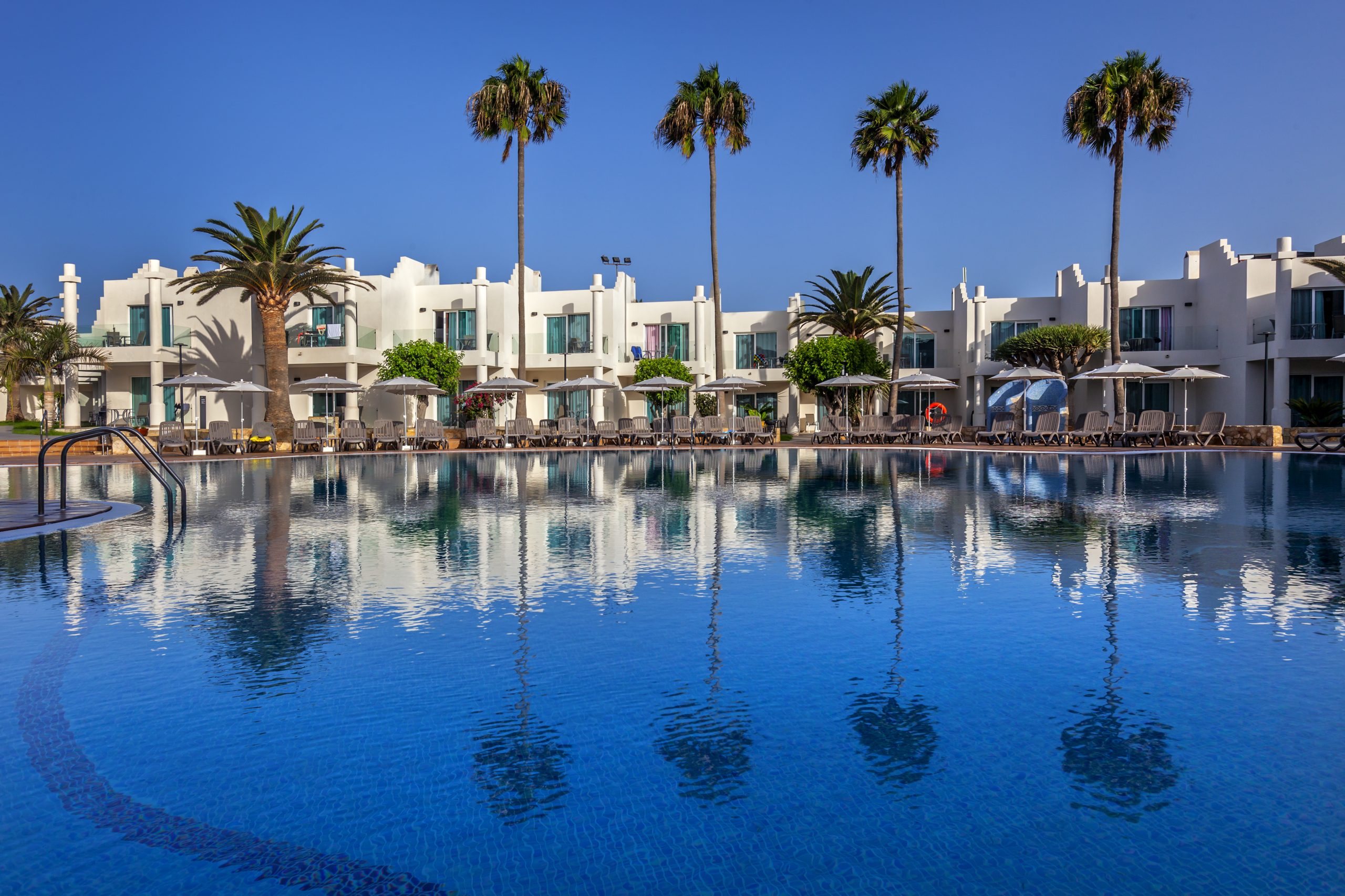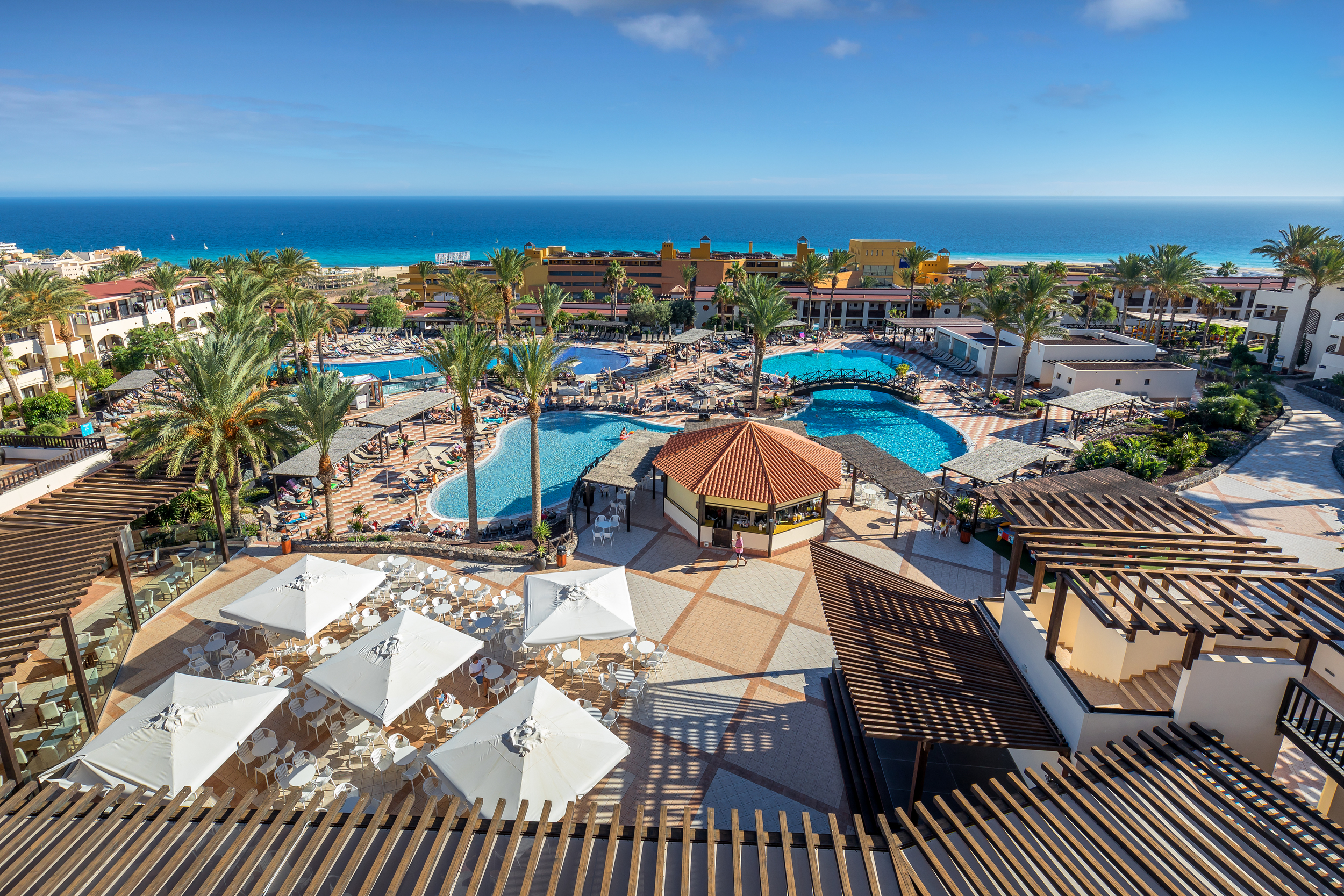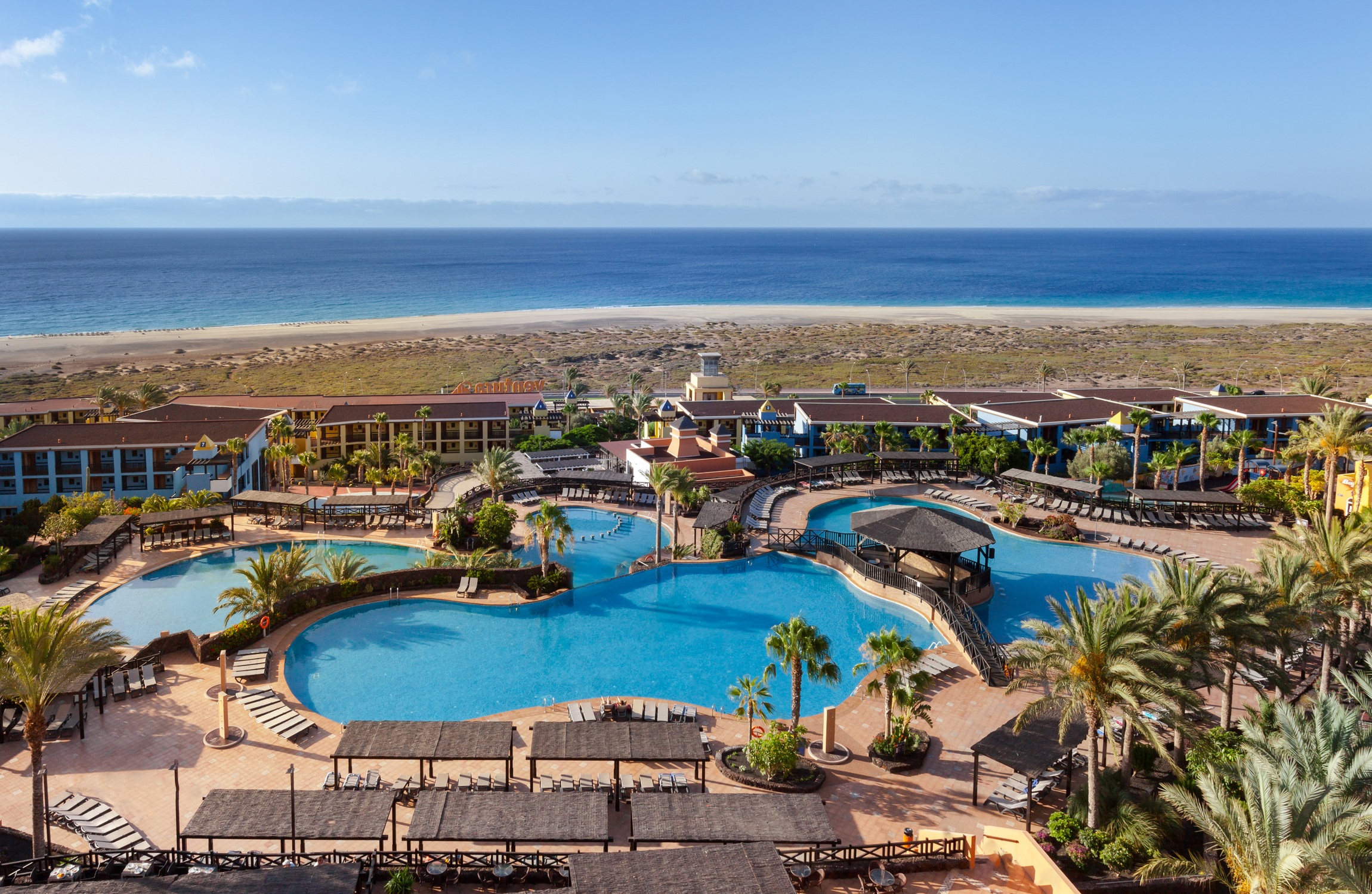Fuerteventura offers travellers a wealth of tourist attractions: 150 kilometres of spectacular beaches with white sand and turquoise water—perfect for disconnecting or windsurfing and kitesurfing—as well as attractive volcanic landscapes and seductive sand dune areas. In fact, its scenic beauty was acknowledged in 2009 by UNESCO, which declared the island a Biosphere Reserve. If you add in its year-round pleasant climate and tantalising gastronomy, you’ll no doubt agree that the island of Fuerteventura is a good destination in which to lose yourself.
Today, however, we want to shine the spotlight on the least-known side of Fuerteventura and to discover the intriguing history of Villa Winter, a construction built in the 1940s, which has been on the receiving end of countless legends linking it to Nazi leaders. Want to know how much of them are true? Well, then read on as we fill you in on everything you need to know about Casa Winter in Fuerteventura.
Villa Winter and its suspicious location in the south of Fuerteventura
Villa Winter would probably go unnoticed if it were part of an urban area. The U-shaped building has two storeys and a courtyard similar to those found in traditional Canarian homes. Its most interesting decorative features include its balustered terrace and circular tower with small round arches.
Nevertheless, as previously mentioned, what really grabs your attention about Villa Winter is its unusual location in an arid and difficult-to-access area just a short distance from the town of Cofete, halfway between the mountain range that runs from north to south across the Jandía Peninsula and Cofete beach, considered one of the most spectacular stretches of unspoilt coastline in the Canary Islands. The difficulty in accessing it and the absence of nearby buildings are some of the factors contributing to suspicion about its past among many of the island’s inhabitants.
The writer Alberto Vázquez-Figueroa—whose novel Fuerteventura is a work of fiction dealing with Nazi espionage, in which German submarines appear on the shores of the island—was one of the first people to lay seeds of doubt. In his own words: ‘Nobody would think to build a mansion like that in such a remote place. If today you risk your life to get there, in the forties it must have been much more dangerous. They must have needed to hide something really important in order to build that monster in a completely inaccessible area’.
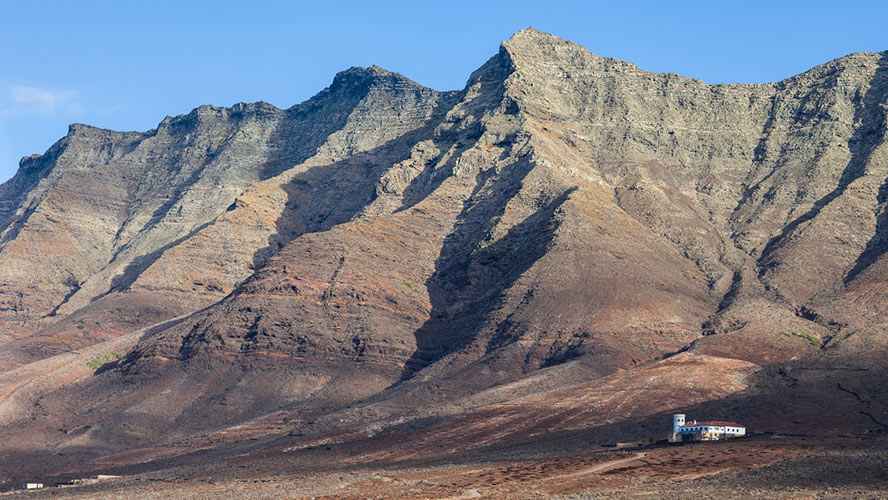
The discovery of shrapnel remains on the façade and other no less intriguing features (those who have lived in the villa talk of the existence of sealed-off rooms, narrow passageways, train wagons, test tubes, mysterious communication systems, etc.) have made all types of theories flourish: from those who believe that Casa de Winter in Fuerteventura was a logistics support point for German airplanes and submarines during the Second World War, to those who claim that it was used for carrying out facial surgery to conceal the true faces of former Nazi leaders after the war. The theories, naturally, don’t stop here. There are also some who go as far as claiming that it has hidden tunnels connecting the building with Cofete beach and those who even believe that the residence was used as a refuge for Adolf Hitler himself and his wife Eva Braun.
Gustav Winter, the German engineer who built the villa
The theories claiming that Casa Winter was a support point for Nazi submarines and those that maintain it was a refuge for the German dictator are perhaps a tad far-fetched. Nevertheless, the building’s remote location, the watchtower that completely dominates Cofete beach, and the fact that, at the time, this part of southern Fuerteventura was separated from the rest of the island by a fence, contribute to the belief that it was indeed a refuge for Nazi leaders after the Second World War. And, it is well known that after the conflict came to an end, many criminals from the German National Socialist regime fled to the most remote corners of the planet, such as Patagonia.
As you would expect, the contentious mystery begins with the person who took the decision to build it: the German engineer Gustav Winter. It is known that he was born in 1893 in the Black Forest and that he travelled to Argentina in 1913. The following year, whilst crossing the Atlantic on his way back to Europe, his boat was intercepted by the English in the English Channel, and Winter, who the British secret service suspected of being a spy, was arrested. However, he managed to escape in February 1915, heading for Spain. Once on the Iberian Peninsula, evidence shows that he worked in Zaragoza, Ciudad Real and Valencia in different power plant projects.
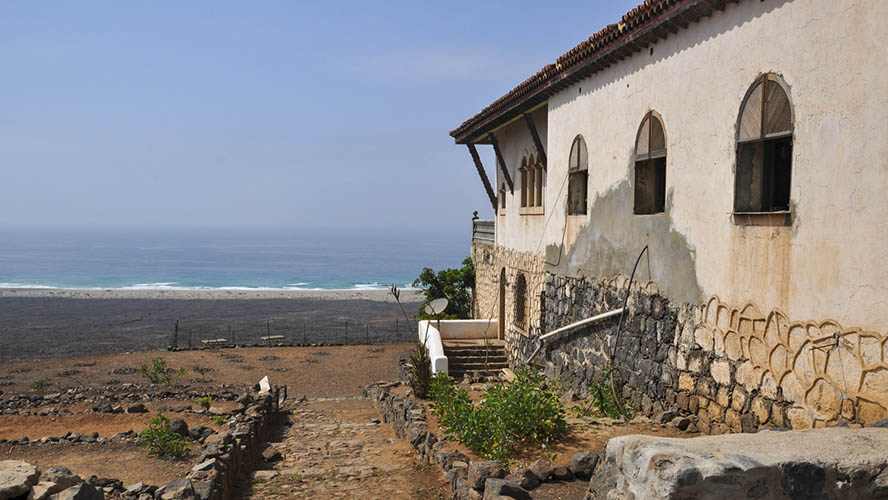
Ten years later, in 1925, he was to be found in the Canary Islands, where he was involved in the construction of the power station that the company CICER (Compañía Insular Colonial de Electricidad y Riesgos SA) had planned for Las Canteras beach (Las Palmas de Gran Canaria). However, it wasn’t until the thirties when Gustav Winter set off for Fuerteventura with the aim of undertaking different business projects, among them, the island’s industrialisation. The next thing that was known of the German engineer is that, in 1937, he signed a lease contract for the whole of the Jandía Peninsula.
It is then when several researches maintain that different German citizens arrived in the area to carry out ‘economically-important’ projects for the Third Reich.
It’s very difficult to know for certain how much is true and how much is pure legend in the hundreds of pages that have been written about Villa Winter in Fuerteventura. In any case, what is for sure is that it is a mysterious building that has aroused great interest among researchers, journalists, writers and curious people. Proof of this is the number of visitors that make their way to such a remote location to discover, together with Pedro Fumero, who currently resides there, its intriguing rooms.




































































